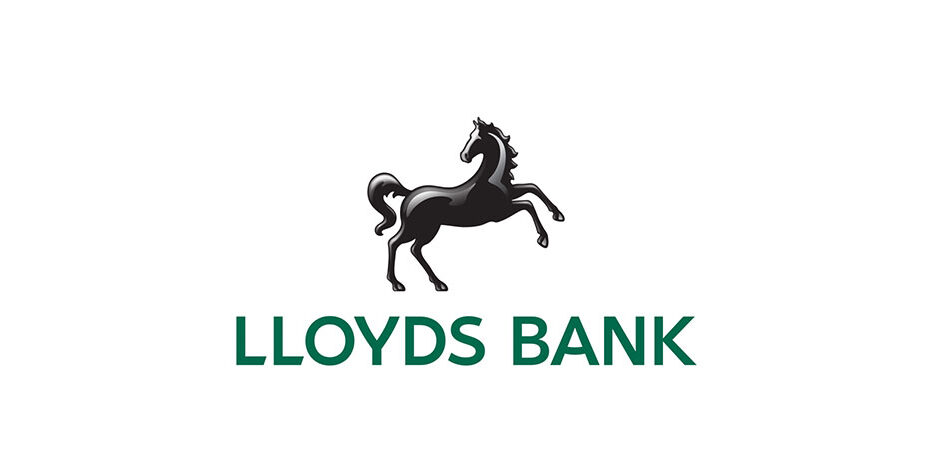Poverty, struggle, dignity, purpose and pride aren’t often terms used by banks. But these make up the central message of TSB, Britain’s self-proclaimed ‘newest bank’, following its release on to the high street by Lloyds Banking Group, which acquired it in 1995 and will resell it next year, according to EU competition rules.
What is interesting about TSB is that it has branded itself as a fusion of old and new. ‘Welcome to your new bank. It’s 200 years old’ boasts the sign by the entrance. Inside, customers are invited to view an on-screen story of TSB’s humble origins and two-century history.
Its relaunch has prompted departing parent, Lloyds Banking Group, to revitalise its own brand with a subtly updated horse logo, a new typeface and a spray of new horse paintings in some branches. In response, Virgin Money last month repositioned itself as caring and human with a somewhat vacuous promise of ‘banking with a bit of soul’.
Part of TSB’s self-declared ‘revolutionary’ appeal is a return to local banking. Eschewing investment banking and corporate finance, there is a promise to limit executive pay once it floats next year. Serving only individuals and local businesses, it has promised that profits will be put back into the local economy through business loans and mortgages. In-branch, the glass cashier screens will be removed and customers will be able to use their local branch’s backroom for business meetings. This is still, apparently, the bank that still likes to say ‘yes’.
The revamped Lloyds, by contrast, is making ‘moments that matter’ its focus – tapping into universal life landmarks. Interestingly, it has decided to rebrand with an advertising campaign and tweaking of its logo rather than a full brand redefinition. This could be a mistake, leaving us feeling that the very DNA of the business remains untouched.
TSB customers will receive the same services as Lloyds until the latter introduces specific offerings over the next few months, meaning the sole difference between the two right now is branding.
For branding to be a lasting differentiator in a service industry, meaning and values must be evident right through the business. Do frontline staff at either bank understand what their brand means and know-how to live those values? Are the chief exec and every part of the business demonstrating them too?
TSB seems to be taking the lead on the other banks in trying to recapture trust, a value all but lost in the banking sector. This approach can backfire spectacularly if the brand fails to live up to its promises.
Nat West, the bank I’m in the process of leaving, has persuasively branded itself as made up of friendly people who are there to help the common man or woman, with a strong appeal to people who aren’t in the off-shore account league. With a customer charter supposed to ‘make banking easy’, in reality, they typically don’t get back to you until you have chased them three times. Not good for delivering on your brand promises.
While the TSB branch I visited lacked the sparkle of a new bank, with its low-key interior, the member of staff who approached me within moments was personable and impressive. Their focus, now, he said, is to spend more time with the customer and staff had that week been visiting potential customers in local businesses and colleges.
With trust in the financial markets hugely eroded, will people migrate to this localised, safe and traditional approach? Will TSB live up to its promises and will its four million legacy customers stay with their new bank (currently eighth on the high street), revert to Lloyds, or move to a competitor?
It will be interesting to witness the evolution of the high-street banks and to see how they will seek consumer confidence. We will no doubt see more rebrands, repositionings and mere wordplay on the banking high-street soon, but only thorough and consistent delivery of brand promises will convince customers to trust them once again.
Find out more about Brandworkz Brand Management Software and Digital Asset Management






